The essence of creativity lies within each of us, yet often goes unnoticed until we take time to reflect on our lives. Creativity is not confined to artists, writers, or musicians—it exists in every individual, waiting to be unlocked through introspection and self-discovery. Reflecting on creativity in life offers a transformative journey, allowing us to uncover hidden potential and gain fresh perspectives on our existence. This act of reflection can illuminate pathways to innovation, problem-solving, and personal growth, making it a vital tool for navigating modern life.
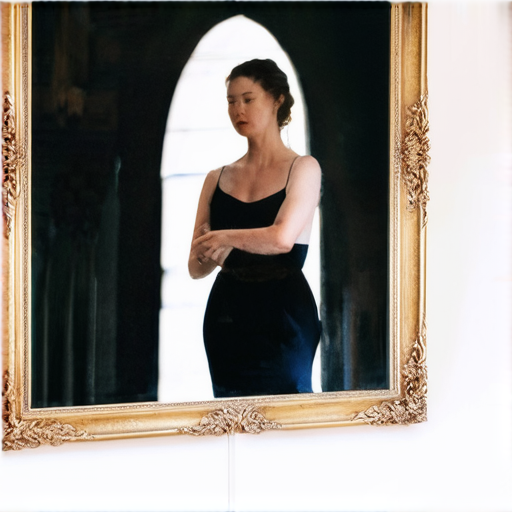
How Is Creativity Important In Your Life?
Creativity plays a vital role in shaping who we are and how we navigate our lives. It’s not just about painting or writing—it’s a mindset that helps us approach challenges, explore new ideas, and find innovative solutions. Here’s why creativity matters:
- Personal Growth : Creativity fosters self-awareness and helps us understand ourselves better. By exploring unique perspectives, we can uncover hidden talents and strengths that contribute to our personal development.
- Problem Solving : Creativity isn’t just about art or music. It’s a tool for tackling everyday problems. Whether you’re struggling with a project at work or figuring out a solution to a personal issue, thinking outside the box can lead to breakthroughs.
- Expressing Individuality : Creativity allows us to stand out. It lets us express our personality, interests, and passions in a way that’s truly ours. This uniqueness can help us build confidence and leave a lasting impact on those around us.
- Fostering Innovation : Cultivating a creative environment leads to innovation. Companies and communities that embrace creativity often see greater progress because they encourage diverse thinking and bold ideas.
At Peter Spirito , we believe that creativity is a cornerstone of personal and societal growth. It’s not just about producing great content—it’s about fostering a mindset that empowers individuals to think differently and live meaningfully. By embracing creativity, we unlock our potential and create a world filled with possibilities.
Expressing Creativity in Your Life
Creativity is a powerful tool that can transform every aspect of your life. Whether you’re an artist, a professional, or someone looking to find meaning, channeling your creativity can lead to personal growth and fulfillment. Here are some practical ways to embrace and express your creativity:
- Daily Creativity Habits: Dedicate time each day to engage in activities that spark your imagination. This could be journaling, experimenting with new recipes, or simply spending time in nature to observe and reflect.
- Explore New Interests: Step out of your comfort zone and explore hobbies or subjects that intrigue you. Whether it’s learning a new language, diving into a passion for photography, or discovering a hidden talent for coding, exploration fuels creativity.
- Embrace Failure as Feedback: Creativity often thrives in uncertainty. Don’t be afraid to take risks or face setbacks. View failures as opportunities to learn and grow, refining your approach along the way.
- Collaborate and Inspire Others: Partner with like-minded individuals to create joint projects. Whether it’s co-authoring a book, collaborating on a music project, or working together on a community art installation, shared creativity can lead to remarkable outcomes.
- Set Creative Goals: Define measurable objectives that align with your passions. Whether it’s completing a novel, launching a business, or designing a sustainable lifestyle, having clear goals keeps you focused and motivated.
- Reflect and Iterate: Regularly assess your progress and adjust your strategies. Reflect on what works and what doesn’t, allowing yourself the freedom to evolve your creative expression over time.
By nurturing your creativity, you unlock a world of possibilities. Remember, creativity is not just about producing great work—it’s about living fully and embracing the unique perspective you bring to the world. Explore, experiment, and let your creativity guide you toward a life filled with purpose and joy.
Learn more about Peter Spirito’s creative journey and insights on personal storytelling.
What is a Creative Reflection?
Creative reflection is a dynamic process that combines self-expression with introspection. It involves creating visual art, such as paintings, drawings, collages, or sculptures, to explore and communicate thoughts, emotions, and personal insights. This practice allows individuals to connect deeply with their inner selves, uncovering hidden wisdom and fostering personal growth.### How It WorksCreative reflection often begins with a moment of intention, where the individual sets an intention to explore a particular theme or emotion. They then experiment with various artistic mediums, allowing their creativity to flow freely without judgment. Through this process, they may discover patterns, symbols, or insights that resonate on a profound level.### Benefits of Creative Reflection1. **Emotional Release**: Artistic expression can be a powerful outlet for pent-up emotions, helping individuals process complex feelings in a safe and constructive way.2. **Self-Awareness**: By focusing on their artwork, people often gain clarity about their values, strengths, and areas for growth.3. **Mindfulness**: Engaging in creative activities can shift attention away from daily stressors, promoting a state of mindfulness and relaxation.4. **Problem-Solving**: Many find that working through creative projects helps them approach challenges with fresh perspectives and innovative solutions.### The ProcessTo practice creative reflection effectively:- **Start with Intention**: Clearly define your purpose for creating, whether it’s to explore a specific emotion or to seek understanding of a life situation.- **Experiment with Materials**: Try different mediums to see which ones feel most natural to you.- **Explore Themes**: Choose themes or symbols that resonate with your current experience.- **Reflect on Your Work**: After completing a piece, take time to journal or meditate on what it represents and how it makes you feel.### Tips for Success- **Keep a Journal**: Document your creative journey, noting your inspirations, challenges, and breakthroughs.- **Try New Techniques**: Push your boundaries by experimenting with unexpected materials or styles.- **Seek Inspiration**: Look at art from diverse cultures and historical periods to spark new ideas.At Peter Spirito, we believe that creative reflection is a vital tool for self-discovery and personal development. Our blog is dedicated to sharing stories and insights that inspire readers to embark on their own creative journeys. Explore our articles for tips, techniques, and heartfelt narratives that celebrate the beauty of human experience. Learn more about Peter Spirito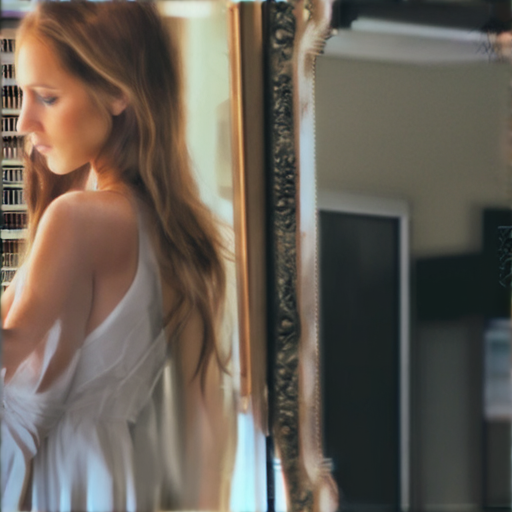
How Would You Define Creativity in Your Everyday Life?
Creativity is a unique and essential trait that allows individuals to approach challenges in fresh ways, explore innovative solutions, and bring joy to their lives. It involves thinking outside conventional boundaries and finding new perspectives to solve problems or express oneself.
What Is Creativity?
Creativity is the ability to generate ideas, concepts, or solutions that are novel, meaningful, or valuable. It involves imagination, curiosity, and a willingness to experiment. Whether it’s crafting a meal, designing a project, or solving a puzzle, creativity helps us see possibilities where others might see obstacles.
The Role of Creativity in Daily Life
- Idea Generation: Creativity often leads to breakthroughs in problem-solving. By approaching tasks differently, we can find unexpected solutions.
- Personal Growth: Engaging in creative activities fosters self-expression and helps individuals understand themselves better.
- Emotional Connection: Creative expressions, whether through art or storytelling, allow us to connect deeply with our emotions and share meaningful experiences.
- Adaptability: In uncertain situations, creativity enables us to adapt and find alternative paths forward.
How Can You Foster Creativity?
Everyone has the potential to be creative, regardless of their background or skill level. Here are some strategies to nurture your creativity:
- Explore New Experiences: Step out of your comfort zone to expose yourself to different cultures, ideas, and perspectives.
- Keep a Creative Journal: Document your thoughts, ideas, and reflections to track your progress and inspire future creations.
- Experiment Freely: Don’t fear failure. Embrace trial and error as part of the creative process.
- Collaborate with Others: Working with diverse groups can spark new ideas and approaches.
Conclusion
Creativity is a dynamic and transformative force that enriches our lives in countless ways. By embracing it, we unlock our potential to innovate, grow, and thrive in both personal and professional settings.
Exploring Creativity: A Comprehensive Guide
Creativity is a multifaceted concept that encompasses a range of skills and thought processes. To effectively explain creativity, it’s essential to delve into its components and how they contribute to generating novel ideas and solutions.
Thinking Outside the Box
Creativity begins with the ability to think beyond conventional wisdom. When faced with a challenge, individuals who approach problems from fresh perspectives often uncover innovative solutions. This involves questioning assumptions and exploring alternative viewpoints that may not immediately come to mind.
The Role of Curiosity
Curiosity is a catalyst for creativity. Individuals who are genuinely interested in diverse subjects tend to connect ideas in unconventional ways. For instance, blending disciplines like art and science can lead to groundbreaking advancements, such as bioluminescent materials in fashion.
Embracing Risk-Taking
Creativity often necessitates stepping out of one’s comfort zone. While safety is important, true innovation arises from daring attempts that may initially seem risky. These ventures can lead to significant breakthroughs, even if they encounter setbacks along the way.
Learning from Failure
Embracing failure is a critical component of creativity. Mistakes provide valuable lessons and insights that can guide future endeavors. By viewing failures as stepping stones rather than stumbling blocks, individuals can refine their approaches and foster resilience.
Solving Problems Creatively
Creativity is not merely about creation; it’s also about problem-solving. Applying creative thinking to challenges can yield effective and efficient solutions, addressing issues in innovative ways that conventional methods may not permit.
The Influence of Environment
External factors significantly impact creativity. An environment that promotes relaxation and inspiration, such as a quiet workspace or a stimulating setting, can enhance cognitive function and imaginative thinking. Surrounding oneself with diverse influences can spark new ideas and perspectives.
A Personal Journey
Personal experiences play a vital role in shaping creativity. Reflecting on past instances where innovative ideas emerged can highlight patterns and strategies that contribute to creative thinking. Sharing these anecdotes can offer practical insights and inspiration to others.
Growing Creativity: Tips for Cultivating Innovation
- Explore New Perspectives: Engage with various fields and cultures to broaden your horizons.
- Practice Mindfulness: A calm mind often leads to clearer and more creative thoughts.
- Stay Curious: Keep asking questions and seeking answers to fuel your imagination.
- Experiment Regularly: Try new techniques and approaches to see how they can enhance your creativity.
- Learn from Others: Study successful creators to gain insights into their creative processes.
Creativity is not a solitary endeavor; it thrives in collaboration and community. By fostering a culture that values diverse perspectives and encourages experimentation, organizations can unlock unprecedented levels of innovation and progress.
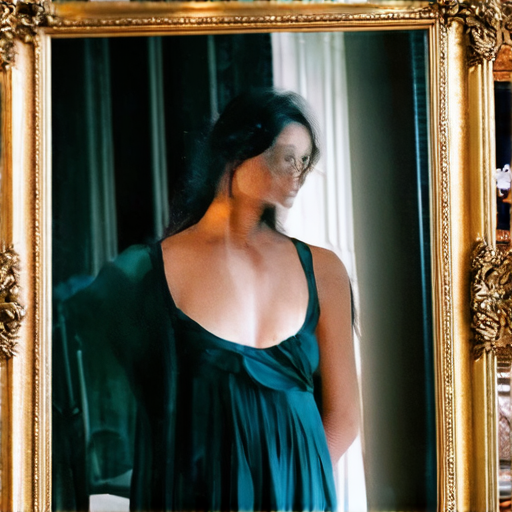
What Does Creativity Mean in Life Skills?
Creativity is the ability to think outside the box, explore innovative ideas, and approach challenges in unique ways. In the context of life skills, creativity allows individuals to develop practical solutions, adapt to changing circumstances, and grow personally and professionally.
Key Aspects of Creativity in Life Skills
- Innovation:** Creativity fosters the development of new ideas and approaches, enabling individuals to tackle problems in novel ways.
- Problem-Solving:** By thinking creatively, people can identify alternative solutions and overcome obstacles that might seem insurmountable at first glance.
- Expression:** Creativity provides a channel for self-expression, helping individuals communicate their thoughts and feelings effectively.
- Learning:** Creative thinking enhances learning by encouraging curiosity and open-mindedness, allowing for better retention and application of knowledge.
Examples of Creativity in Daily Life
- Coming up with unique workarounds when tools or resources are limited.
- Developing personalized routines or habits that align with individual goals and preferences.
- Turning ordinary situations into memorable moments through unexpected twists or gestures.
- Exploring diverse perspectives to foster empathy and understanding in social interactions.
The Role of Creativity in Personal Growth
Creativity is a cornerstone of personal growth, as it empowers individuals to evolve, adapt, and thrive in dynamic environments. By embracing creativity, people can unlock their potential, discover hidden talents, and build fulfilling lives.
A Conclusion on Creativity
Creativity is not just about art or design; it’s a vital skill applicable to every area of life. Cultivating creativity enhances resilience, fosters innovation, and enriches relationships, making it an indispensable asset in navigating the complexities of daily existence.

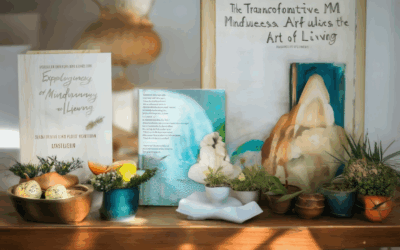

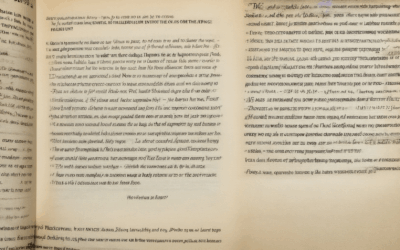
0 Comments